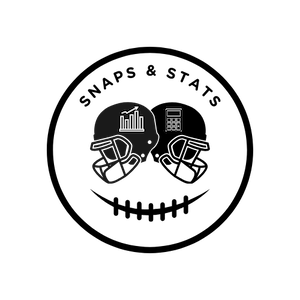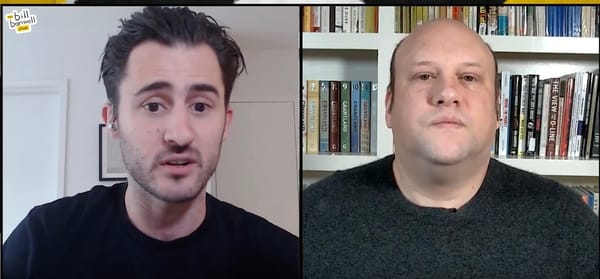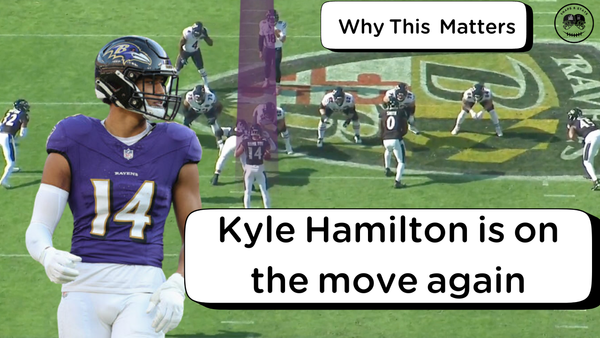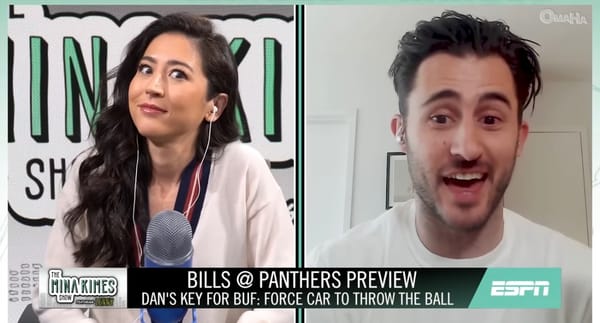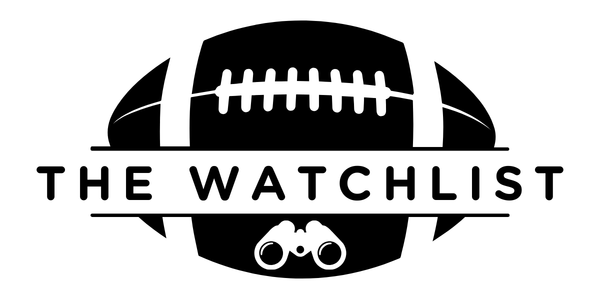2025 NFL Trade Deadline: Sauce Gardner, Quinnen Williams, and the Jets

The best thing about the NFL trade deadline is when trades happen. We don’t always get that. NFL teams have been more active in trades over the past few seasons, but that does not always mean the deadline gives us something significant. That’s not the case this year, as we got multiple trades that should shape the contenders in each conference and a clear future reset for one of the worst teams in the league.
Let’s start with the first shocking move and how it impacts the current top seed in the AFC.
Sauce Gardner to the Indianapolis Colts
Indianapolis traded two first-round picks and receiver AD Mitchell to the Jets in exchange for cornerback Sauce Gardner. Gardner is just over three months removed from signing a four-year contract extension that made him the highest-paid cornerback in the league. Gardner was a first-team All-Pro during his first two seasons but hasn’t played up to that level over the past season and a half. But that might be setting an unreasonably high bar for the young corner, and it’s been mistaken for Gardner not playing well, which hasn’t been the case.
Last year, Gardner ranked 17th among cornerbacks in adjusted yards allowed per coverage snap, which adjusts for touchdowns and interceptions. He was sixth in targets allowed per coverage snap and eighth in catch rate allowed. So far this year, Gardner has been a little more up-and-down but that’s been because of some bigger plays. He’s 54th among 110 qualified cornerbacks in adjusted yards allowed per coverage snap, but he’s 26th in yards per coverage snap without the touchdown/interception adjustments, and he’s still ninth in targets allowed per coverage snap.
Not getting thrown at is one of the main responsibilities for a cornerback, and Gardner remains one of the best in the league at that. Now, there are the big plays given up this season. Gardner is one of the most impacted players by adjusting yards for touchdowns and interceptions (using the pro-football-reference formula that counts 20 yards for a touchdown and -45 for an interception).

Gardner has been charted with allowing two touchdowns this season without an interception, but there’s been better snap-to-snap consistency. That’s impressive given the responsibilities Gardner had been tasked with in coverage. He’s tied with Patrick Surtain for the highest rate of coverage snaps against an opponent’s No. 1 receiver at 64%, per FTN. With that opponent adjustment, he’s eighth in coverage DVOA. If this is the worst version of Gardner, that’s still a coverage player most teams would kill for.
The Colts are thin at corner with Charvarius Ward currently on injured reserve. Sliding Gardner into the secondary gives Indianapolis a top corner now and one of the best outside duos in the league whenever Ward, currently third in adjusted yards allowed per coverage snap, returns. This also potentially gives the Colts a new dynamic on defense, should they want to lean more into man coverage. Indianapolis is 14th in the rate of man coverage played this season and 12th in EPA per play in man, per FTN. Of the quarterbacks the Colts will likely face through the AFC playoffs, only Drake Maye has been better against man coverage this season by yards per dropback.
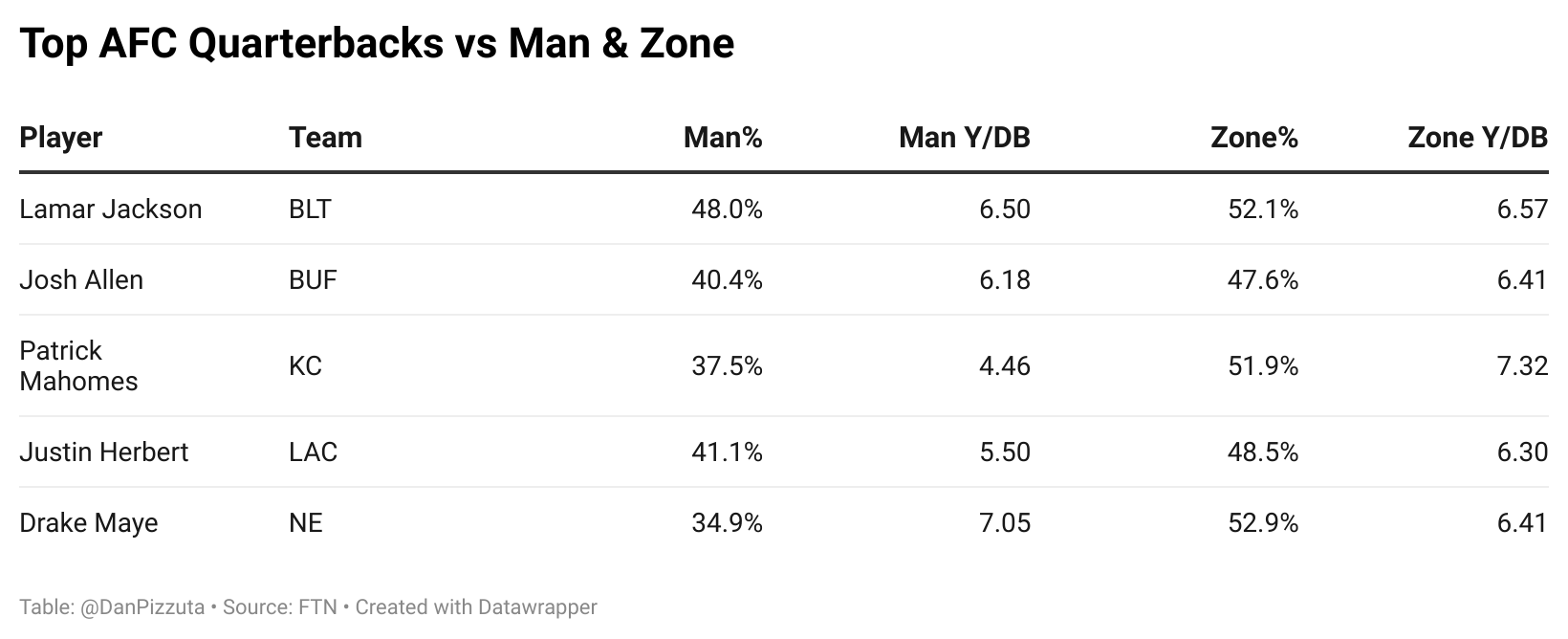
The Colts were also 10th in EPA per play when in zone coverage. Mixing and matching the coverage and personnel — Indianapolis plays the second-lowest rate of base personnel — gives the defense the potential to be its own catalyst instead of a unit hoping not to blow games for the offense.
Is two first-round picks a lot to give up for a non-quarterback? You bet it is. For a conservative front office, perhaps overly so, in team-building, this is a huge swing in an attempt to take advantage of where the team sits in the standings. Per FTN, the Colts have a 26.9% chance at the No. 1 seed and the bye in the AFC. That’s second to the Bills at 35.7%. Gardner helps the team now and in the future.
The Colts currently have one of the oldest and most expensive defenses in the league, mostly due to assets along the defensive line. Gardner is still just 25 years old and signed through the 2030 season. When the Rams went through their F Them Picks stage, filling out the roster was easier because dominant players like Jalen Ramsey and Aaron Donald allowed the team to supplement the defense with players who filled specific roles — it’s easier to draft a specific trait for a specific responsibility rather than hoping to develop a Day 2 or Day 3 pick into a well-rounded starter. The Colts aren’t there yet, but Gardner could be the type of player who makes things easier for the team to build around.
Dallas trades for Quinnen Williams
Quinnen Williams is a good player who should help the Cowboys at one of their weakest positions. A Williams-Osa Odighizuwa duo inside could be quite fun. Add Kenny Clark in there, and it’s a nice rotation that looks much better than when the Cowboys started the season. But it’s difficult to separate this trade from how we got here. Dallas sent a 2026 second-round pick and the better of their 2027 first-round picks for the Jets in exchange for Williams.
If we look at two major trades the Cowboys have made this year, we get this:
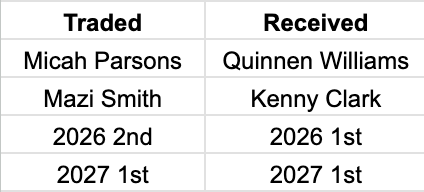
We can cancel out the 2027 firsts (that might be generous, given the trajectory of the Packers and Cowboys, but we’ll stick with it). That leaves Micah Parsons and Mazi Smith for Quinnen Williams and Kenny Clark, with the difference between where the second and first round picks fall. At the moment, that’s a jump from pick 46 to pick 24, roughly the equivalent of a mid-fifth-round pick. It’s impossible to frame that any other way than a loss for the Cowboys.
Williams is still under contract through 2027, but he has high salaries in those years — $20.75 million and $25.4 million, according to Over The Cap. The Cowboys could always restructure or extend that deal with just under $8 million guaranteed left on Williams’s deal, but that would be pushing more money into the future, loading up on interior line salaries without much help on the edge, and would likely lead to the cut of Kenny Clark after the season.
Acquiring Williams won’t be enough to turn around a defense that is 31st in DVOA, and it’s unfortunately not a deal that makes building the next iteration of the defense significantly easier.
What’s next for the Jets?
The Jets made it clear that whatever was happening wasn’t working for the new regime. At 1-7, the Jets moved on from two players who were the core components of a unit that had been one of the best in the league over the previous few seasons. However, the Jets were 30th in defensive DVOA at the deadline with those players on board, and the franchise decided to take the first step into a long-term rebuild that now features two first-round picks in 2026 and three first-round picks in 2027. There are going to be a ton of flashy names thrown around as potential draft picks, but it’s still the start of November — who knows.
Considering where the Jets are, it’s hard to fault management for going this direction. Of course, a good process for the future does not guarantee results. Many could point to the Detroit Lions, where head coach Aaron Glenn came from, who struggled in Year 1 under Dan Campbell but used two first-round picks on Aidan Hutchinson and Jameson Williams with Kerby Joseph in the third round the following year. Then the next draft, the Lions picked Jahmyr Gibbs, Jack Campbell, Sam LaPorta, and Brian Branch. That’s the ideal, but nowhere near a guarantee for this team — especially one that needs to find a quarterback.
Those drafts are going to have to hit because there isn’t a lot on the roster to build around at the moment. There’s Garrett Wilson and Armond Membou on offense, but it’s hard to guarantee anyone on defense will be in the Jets’ long-term plans.
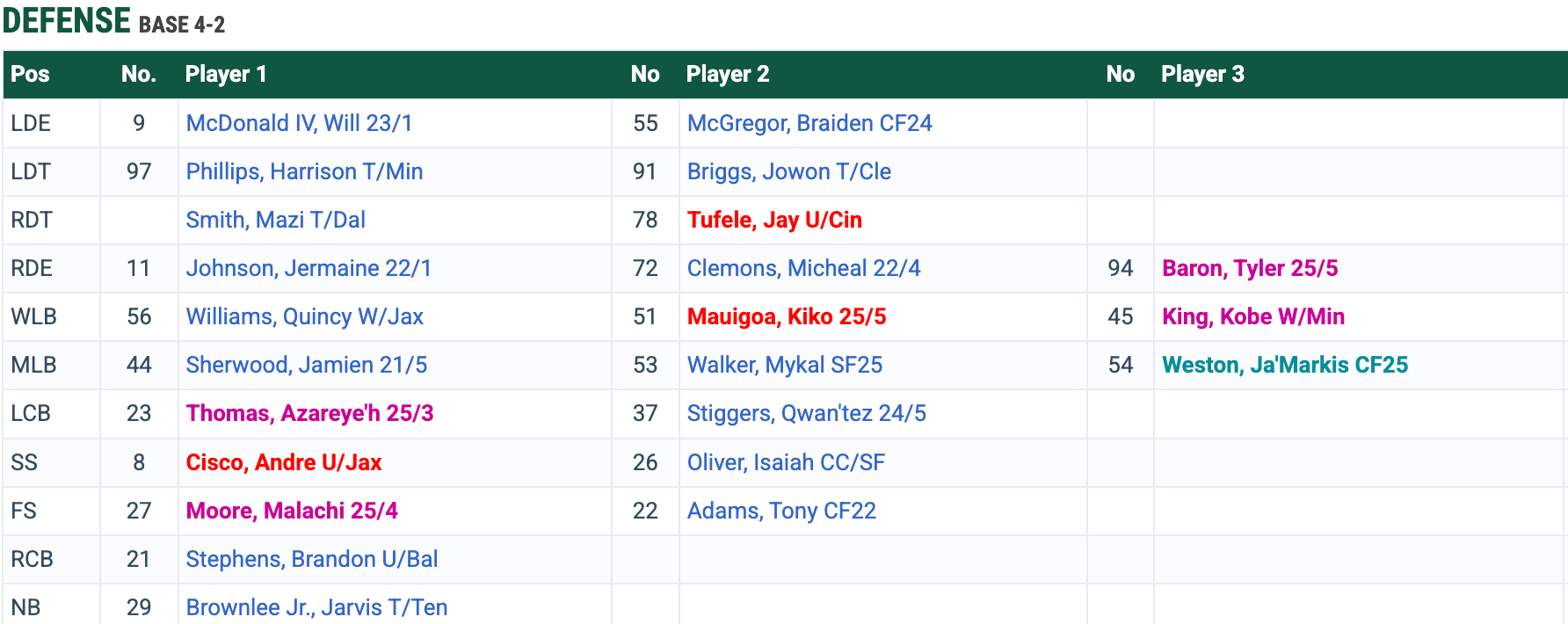
In these trades, the Jets also took fliers on young players who underperformed as high draft picks. Wide receiver AD Mitchell came over from the Colts and defensive tackle Mazi Smith came from the Cowboys. It’s laudable that this team is throwing darts and hoping a change of scenery can help, but these are two players who were practically given away by their former teams.
Mitchell can be one of the fastest receivers in the NFL, but has little to no feel for the refinement necessary to play the position. It’s one of the few spots on the field where an outrageous physical profile does not give the same margin for error as other positions. We’ve seen many examples of this hampering Mitchell’s game — not even including dropping the ball before entering the end zone, which proved to be the last straw for him in Indianapolis. Smith was supposed to be the big run-stopper in the middle of the Dallas defense, but he couldn’t consistently get on the field. There were clashes with the previous coaching staff and had been inactive multiple times this season with a new staff. Either of these players working out should be considered a bonus and not something relied upon to be meaningful parts of either the trade return or the Jets’ rebuild.
Favorite trade of the day: Rashid Shaheed to the Seahawks
It was expected that one of the Saints' receivers was going to be traded. As the deadline approached, it appeared that Shaheed, a 2022 undrafted free agent, was the most likely to go. Where he would end up was a question and when the trade went through, it might have been to the most fun option.
The Seattle Seahawks traded a fourth- and fifth-round pick to the Saints for Shaheed. That's a good return for New Orleans, a team that needs draft picks and was unlikely to sign the pending free agent. (However, like the Cowboys, this looks worse when this team traded for Devaughn Vele for a fourth and seventh.)
Shaheed now goes to a team that has already been one of the league's best passing units — Seattle is first in passing DVOA through Week 9. Sam Darnold has been one of the league's best deep throwers as he's completed a league-high 61.3% of throws of 20 or more air yards, according to FTN. That might not be a sustainable rate for a full season, but Seattle just added one of the best vertical receivers to line up outside with Jaxon Smith-Njigba. He can win deep (he's only 2-of-11 on deep targets this season, but that has more to do with the quarterback play) and also win over the middle of the field. Per Next Gen Stats, he's caught 12-of-19 intermediate targets this season.
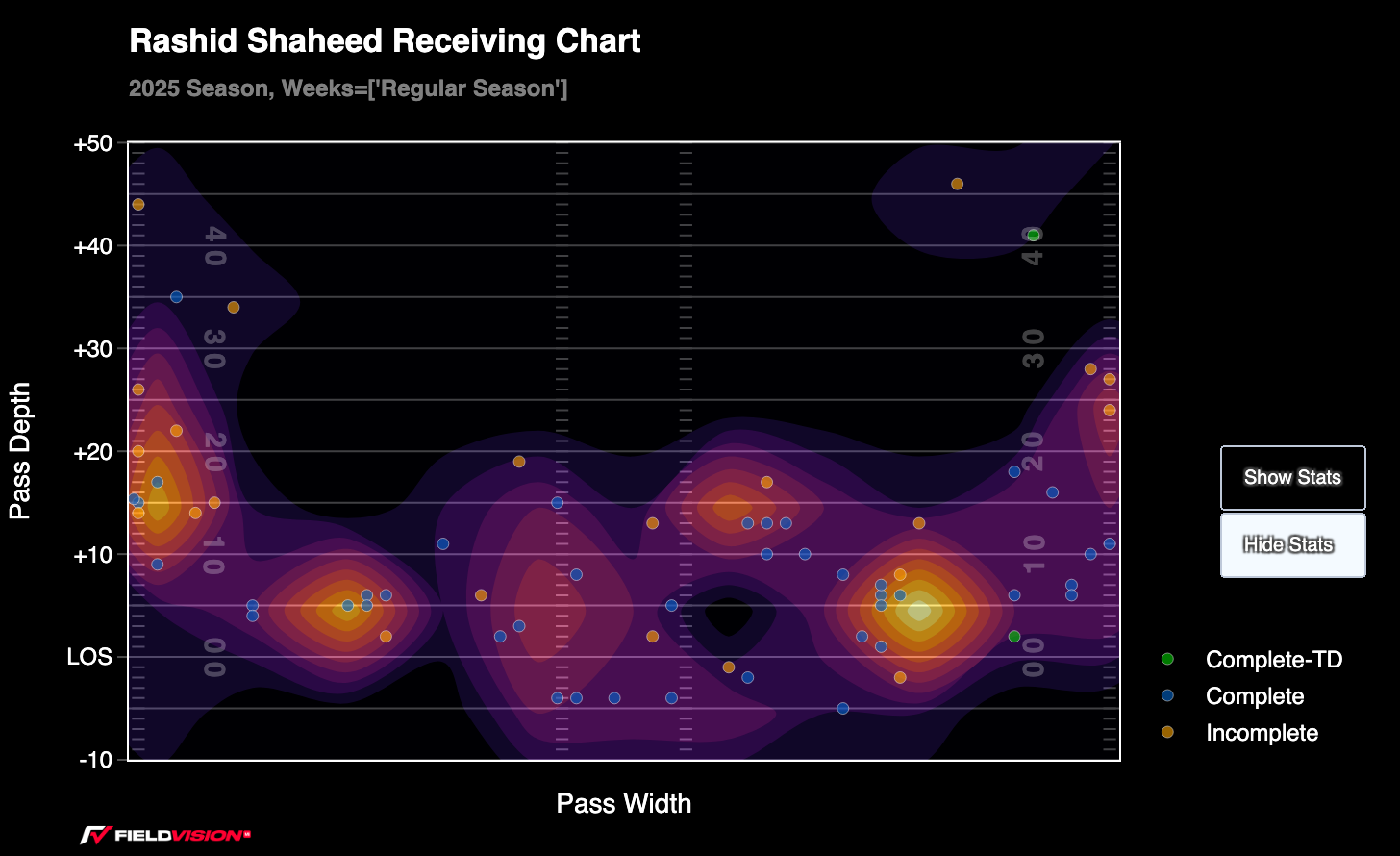
The Seahawks run the second-lowest rate of 11 personnel in the league and that has made defenses play big against them and load the box. Seattle has struggled to run the ball because of that, but the Seahawks have thrived in the passing game because of it. Now, Seattle could sprinkle in more 11 personnel with JSN. Shaheed, and either Tory Horton or Cooper Kupp. That's a potential big play to any receiver.
This just adds one more element to an offense that's already working and giving more guardrails in case things don't remain perfect in the passing game.
